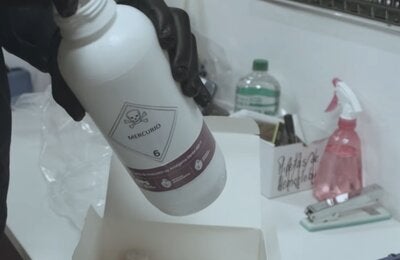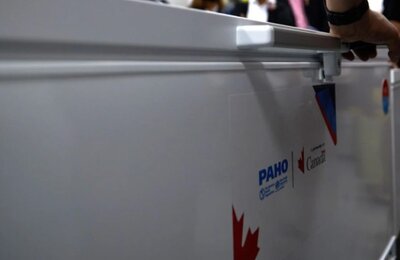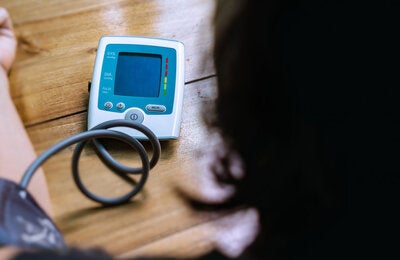Washington, DC, September 10, 2010 (PAHO) — A community development program in rural Andean communities in Peru has succeeded in reducing pneumonia and diarrhea in half among 70,000 families over the last four years, according to Pilar Nores de García, First Lady of the Republic of Peru.
Mrs. Nores de Garcia spoke today at the Pan American Health Organization about the "Sembrando," or Seeding initiative in isolated indigenous communities in the Andes Mountains. It aims to improve living conditions by helping poor households improve nutrition, reduce indoor air pollution and global warming by building simple indoor stoves, and cut diarrheal disease and parasites with latrines.
The interventions in Sembrando center on two goals, she told health officials, ambassadors and technical experts at PAHO. "One is sustainable improvements in development, with training in planting techniques, more nutritious crops, and irrigation to improve productivity," she said. The other aim is to reduce chronic malnutrition using education, improved health access to reduce the deaths of mothers in childhood, and training community workers.
PAHO's office in Peru is collaborating with the program's sexual and reproductive health component, developing a birthing kit and training materials for traditional birth attendants with help from the Latin American Perinatology Center. It is also supporting the promotion of improved indoor stoves with chimneys, which help reduce respiratory infections caused by old-style indoor cooking methods. UNICEF, the UN Development Program, and the World Food Program are also involved, she noted.
"Our program has provided direct benefits to 380,000 persons in the most isolated rural communities in the high Andes, dispersed over 1,500 population centers, all above 2,500 meters of altitude," she said. "In the context of a globalized economy we have to work on this new paradigm of indigenous development that makes use of our comparative advantages with local resources, our capacities, and our opportunities."
Peru's Institute of Labor and Family, which the First Lady heads, coordinates government efforts with those of civil society and the private sector to gain more efficiency in social investment, Mrs. Nores de García said. "We use common sense to help rural populations achieve economic growth and reduce poverty. In the last 7 years, we've had economic growth of 43 percent and we've reduced poverty levels by 17.2 percent," she said. The program has also helped communities build 500,000 improved indoor stoves.
"This multidimensional model to reduce poverty and cut infant malnutrition has shown important results, which can be replicated to improve development," she said.



